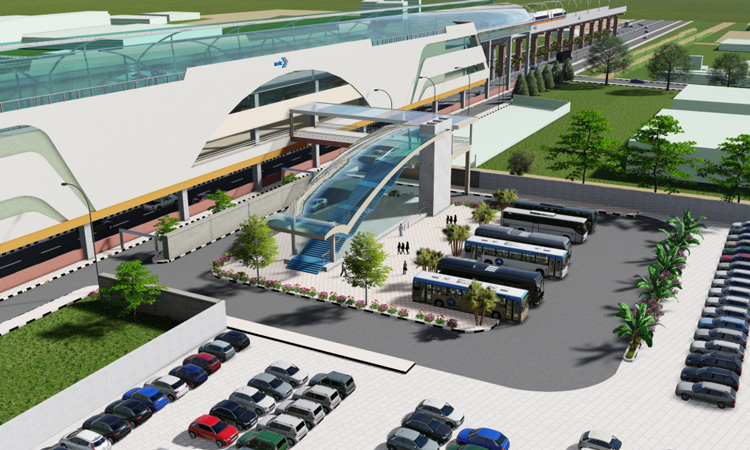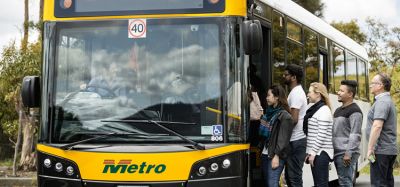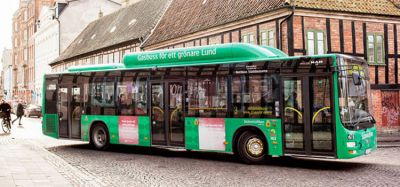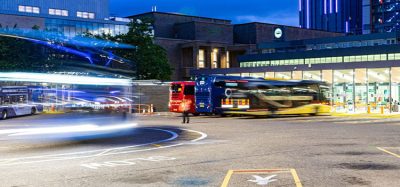ADB approves $1 billion loan for Indian rapid transit system
- Like
- Digg
- Del
- Tumblr
- VKontakte
- Buffer
- Love This
- Odnoklassniki
- Meneame
- Blogger
- Amazon
- Yahoo Mail
- Gmail
- AOL
- Newsvine
- HackerNews
- Evernote
- MySpace
- Mail.ru
- Viadeo
- Line
- Comments
- Yummly
- SMS
- Viber
- Telegram
- Subscribe
- Skype
- Facebook Messenger
- Kakao
- LiveJournal
- Yammer
- Edgar
- Fintel
- Mix
- Instapaper
- Copy Link
Posted: 18 August 2020 | Sam Mehmet (Intelligent Transport)
The rapid transit system is said to be a first of its kind in India and will include multimodal transport hubs to ensure smooth transition between modes.


Credit: ADB
The Asian Development Bank (ADB) has approved a $1 billion loan to support construction of the high-speed Delhi–Meerut Regional Rapid Transit System.
Delhi accounts for 37 per cent of the population of the National Capital Region (NCR) of India and the transit system project aims to help decongest the city and improve regional connectivity.
“Efficient and integrated transport solutions are critical for managing the rapid urbanisation and ensuring balanced urban development of the region,” said ADB Principal Transport Specialist, Sharad Saxena. “This project will also provide safe, reliable and seamless travel between Delhi and other NCR cities and pave the way for a paradigm shift in mobility across the NCR.”
The 82-kilometre Delhi–Meerut regional rapid transit system (RRTS) network is the first of three priority rail corridors in the country’s integrated transport network under the NCR Regional Plan 2021. This project will finance the construction of railway tracks, hub buildings, maintenance facilities, and traction and power supply.
The RRTS will use high technology signalling systems based on latest standards and will have multimodal hubs to ensure smooth interchange with other transport modes such as buses and metro.
Financing for the project will be implemented in four tranches between August 2020 and May 2025. The Government of India will provide $1.89 billion and cofinanciers are expected to provide $1 billion of the total project cost of $3.94 billion. A $3 million grant from ADB’s Japan Fund for Poverty Reduction will support various activities, including provision of visual, hearing and mobility aids, such as wheelchairs for differently abled persons. Training for women and differently abled on safe mobility and employment opportunities and behavioural change for public transit providers will also be given.
The project is expected to deliver integrated transformational impacts and better urban environment through systematic urban and land use planning as well as reduced carbon dioxide emissions and air pollution.
Related topics
Infrastructure & Urban Planning, Public Transport
Related modes
Rail
Related cities
India
Related organisations
Asian Development Bank (ADB)
Related people
Sharad Saxena







